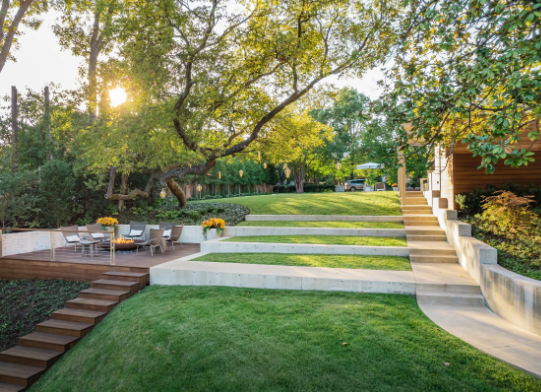Landscape architects and designers play a crucial role in enhancing our outdoor spaces, combining artistry with functionality. Whether it’s creating a serene garden, a vibrant public park, or an efficient urban landscape, their expertise helps shape environments that are not only aesthetically pleasing but also environmentally sustainable. In this article, we’ll explore the various aspects of landscape architecture and design that make it an invaluable field.
Understanding the Role of Landscape Architects
Landscape architects are trained professionals who design outdoor spaces, focusing on both aesthetic and functional aspects. They collaborate with clients to understand their vision while considering environmental factors, zoning laws, and sustainability practices. From drafting master plans to selecting appropriate plants, these experts ensure the designed spaces are both beautiful and practical. Their work often involves a blend of architecture, horticulture, and ecology, bringing together various disciplines to create cohesive and harmonious environments.
The Importance of Sustainable Design
Sustainable design is at the heart of modern landscape architecture. As concerns about climate change and urbanization grow, landscape architects are increasingly incorporating eco-friendly practices into their designs. This includes utilizing native plants that require fewer resources, implementing rain gardens to manage stormwater, and creating green roofs to enhance energy efficiency. By prioritizing sustainability, landscape architects not only beautify the spaces but also contribute positively to the ecosystem, making our environments healthier and more resilient.
Innovative Trends in Landscape Design
The field of landscape architecture is continually evolving, with new trends emerging regularly. Currently, there is a significant focus on creating multifunctional spaces that serve various needs, such as community engagement areas and recreational facilities. Additionally, technology is playing a vital role, with tools like drone surveying and 3D modeling helping architects visualize and plan their projects more effectively. As urban areas become denser, there is also a push for vertical gardens and green walls, offering creative solutions for incorporating nature into urban living.
In conclusion, landscape architects and designers are essential in shaping our outdoor experiences. They blend creativity with environmental responsibility, ensuring that our spaces are not only beautiful but also sustainable. If you’re interested in enhancing your own outdoor space or learning more about the impactful work of landscape architects, consider reaching out to a local professional or taking a course to deepen your understanding.

